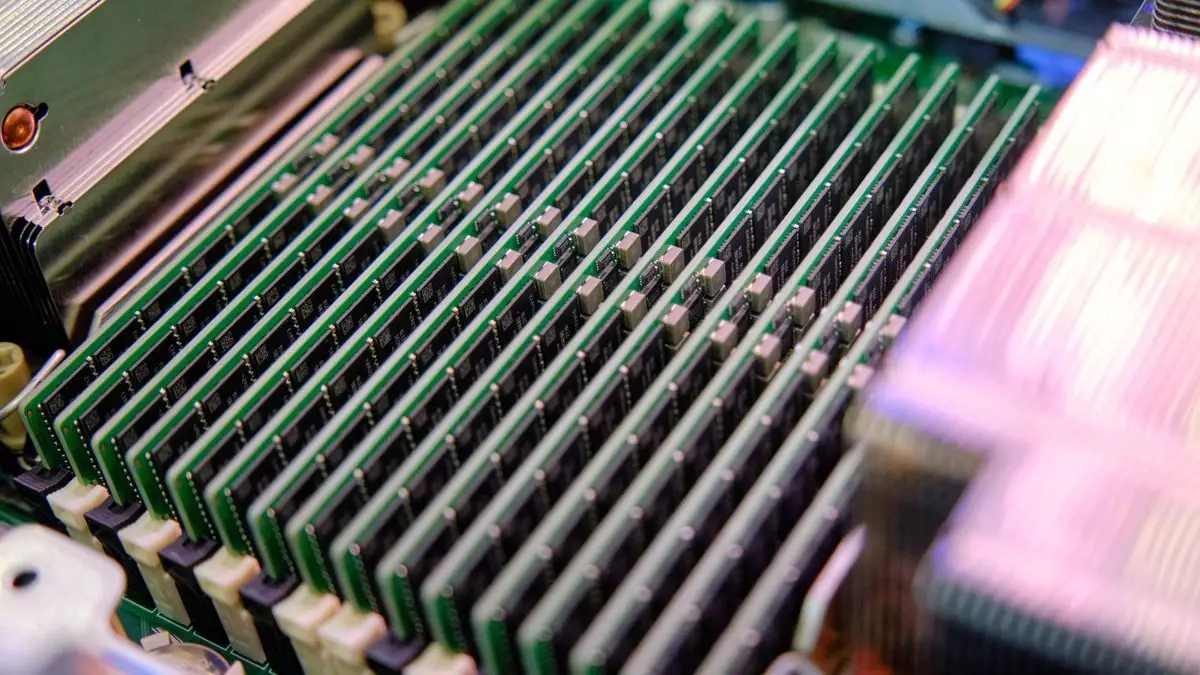In an era where cloud computing underpins a significant portion of corporate operations and personal data storage, security in this virtual landscape has become paramount. AMD’s Secure Encrypted Virtualization with Secure Nested Paging (SEV-SNP) represents a fortress built to protect sensitive data within virtual machines. However, recent security vulnerabilities have emerged that challenge the integrity of this system, revealing that even the most sophisticated technologies are not immune to breaches. A paper titled “BadRAM: Practical Memory Aliasing Attacks on Trusted Execution Environments” illustrates how a low-cost Raspberry Pi Pico can exploit certain flaws in SEV-SNP. This raises questions about the efficacy of even the most advanced protective measures in safeguarding data.
To understand the issue at hand, one must first grasp how SEV-SNP functions. This technology offers enhanced protections for virtual machines by ensuring data isolation within memory spaces. Essentially, it prevents unintended access to sensitive information by other virtual machines. The SNP extension to AMD’s SEV enhances this capability, but the recent findings have exposed vulnerabilities. Hackers were able to manipulate the specified RAM access to create memory aliases, leading to the potential for data corruption and unauthorized data retrieval.
The researchers responsible for the aforementioned paper demonstrated that significant damage could be achieved using everyday electronics that cost around $10. They managed to compromise the system by altering the Serial Presence Detect (SPD) data, essential for memory module operation. With this technique, cybercriminals could disable write-protection features on RAM, allowing them to execute memory manipulations that could lead to devastating data breaches.
While the technology that enables these attacks can be easily obtained, physical access to the hardware remains a key hurdle for malicious actors. The attack’s effectiveness relies on a hacker being able to manipulate hardware without arousing suspicion. In normal circumstances, gaining physical access is difficult; however, the paper highlighted situations where this could happen, such as in the aftermath of insider threats from disgruntled employees at a cloud service provider. This scenario emphasizes the implications of workplace environments on security breaches, where negligence or malicious intent can go unchecked.
Despite the challenges surrounding physical access, the findings are alarming. They suggest that vulnerabilities exist not solely through direct intervention but through systemic flaws that could allow remote attacks or software-only exploitation. Certain products, such as Corsair DDR4 DIMMs, demonstrated unprotected configurations that could increase susceptibility to these assaults.
In light of these revelations, the responsibility to reinforce cloud security falls primarily on companies that utilize such technologies to store sensitive data. While AMD has acknowledged the vulnerabilities and rated their severity as medium (5.3), the fix proposed includes the adoption of memory modules that can entirely lock SPD settings, along with adherence to best physical security practices. Such recommendations, while valuable, must be implemented effectively to combat the evolving landscape of cyber threats.
It becomes increasingly apparent that lackadaisical security practices, such as neglecting physical premises’ security, can lead to severe repercussions. The age-old sage advice of ensuring one’s front door is securely locked rings especially true in the digital age. By neglecting physical security, organizations open themselves up to the risk of data breaches that can have far-reaching consequences, both financially and reputationally.
This incident serves as a cautionary reminder that technological advancements must be met with equal efforts in security diligence. AMD’s SEV-SNP is undoubtedly a significant step forward in virtual machine security, yet as demonstrated, it is not impervious to attack. Organizations must engage in a continuous evaluation of their security frameworks, incorporating insights from recent breaches to bolster defenses.
As both hardware and software continue to evolve, so too must the strategies employed to protect them. Ultimately, understanding and addressing these vulnerabilities requires commitment and vigilance, not only from technology developers but also from end-users and corporate entities alike. The integrity of cloud computing relies not just on cutting-edge technology but on an unwavering dedication to securing the digital landscape against emerging threats.

